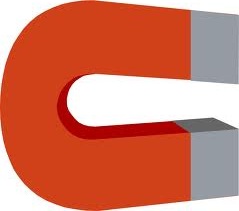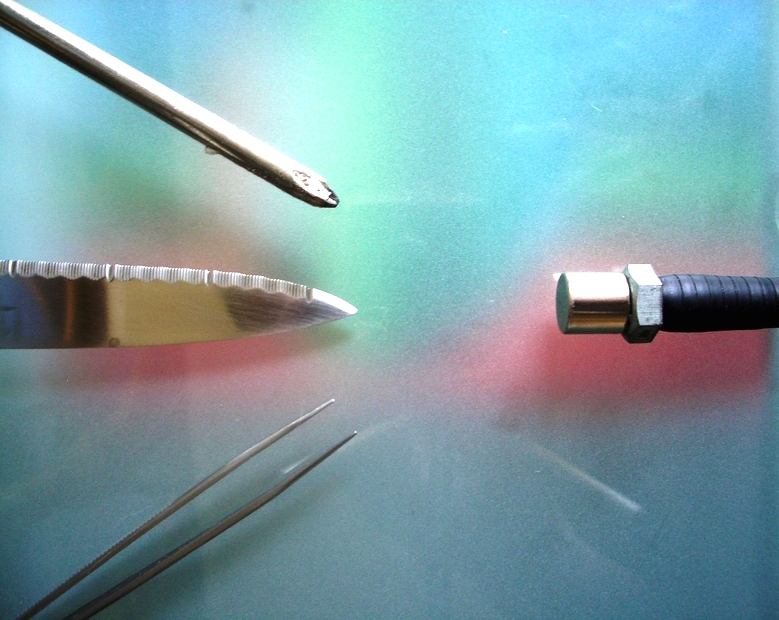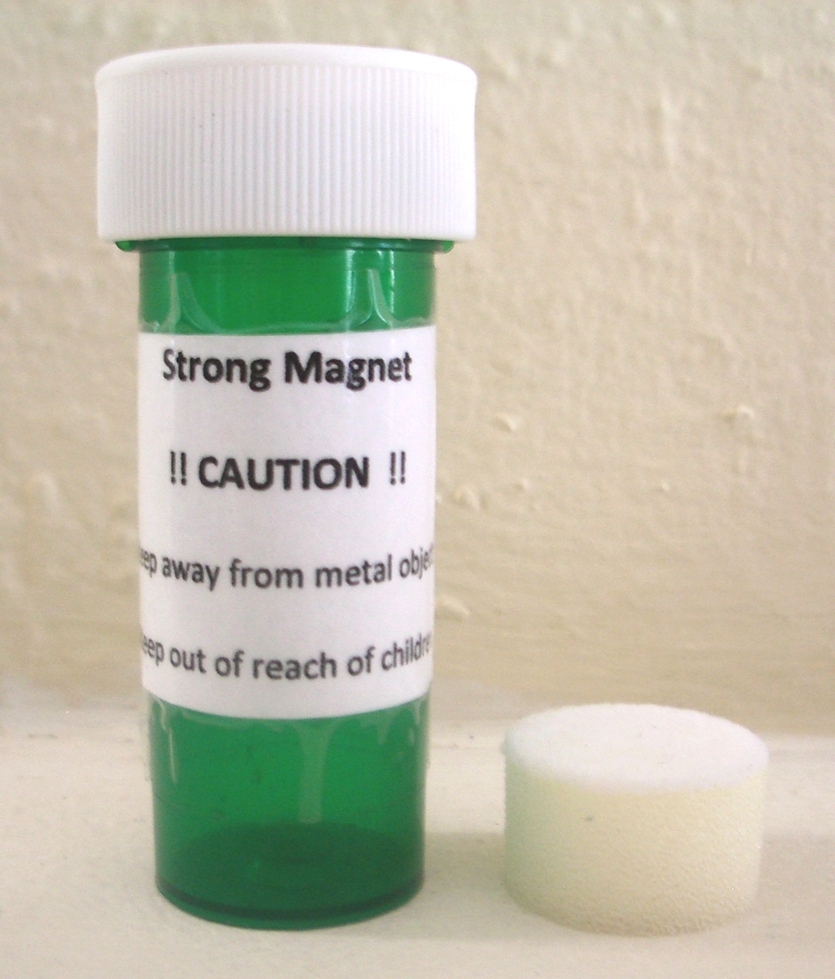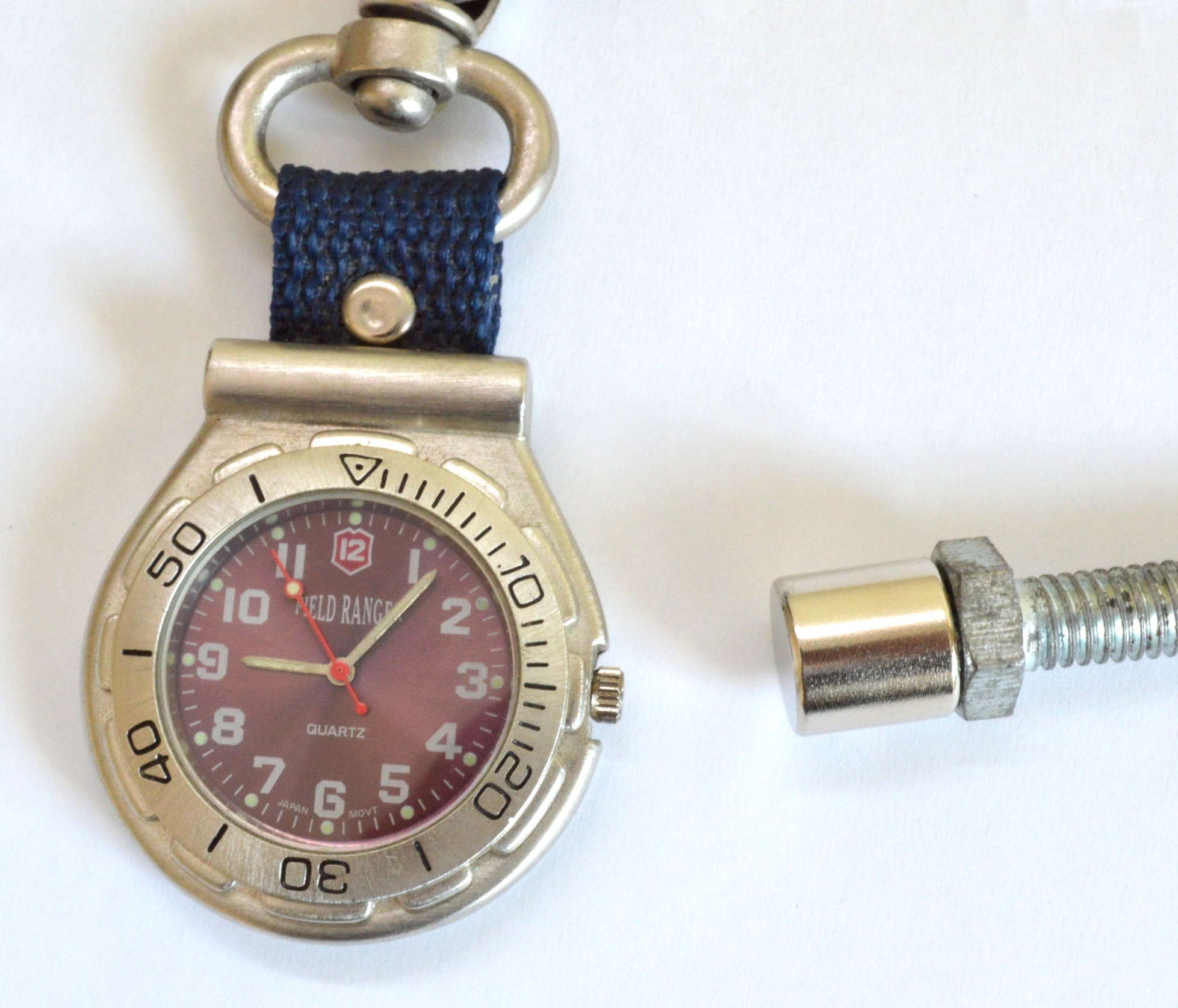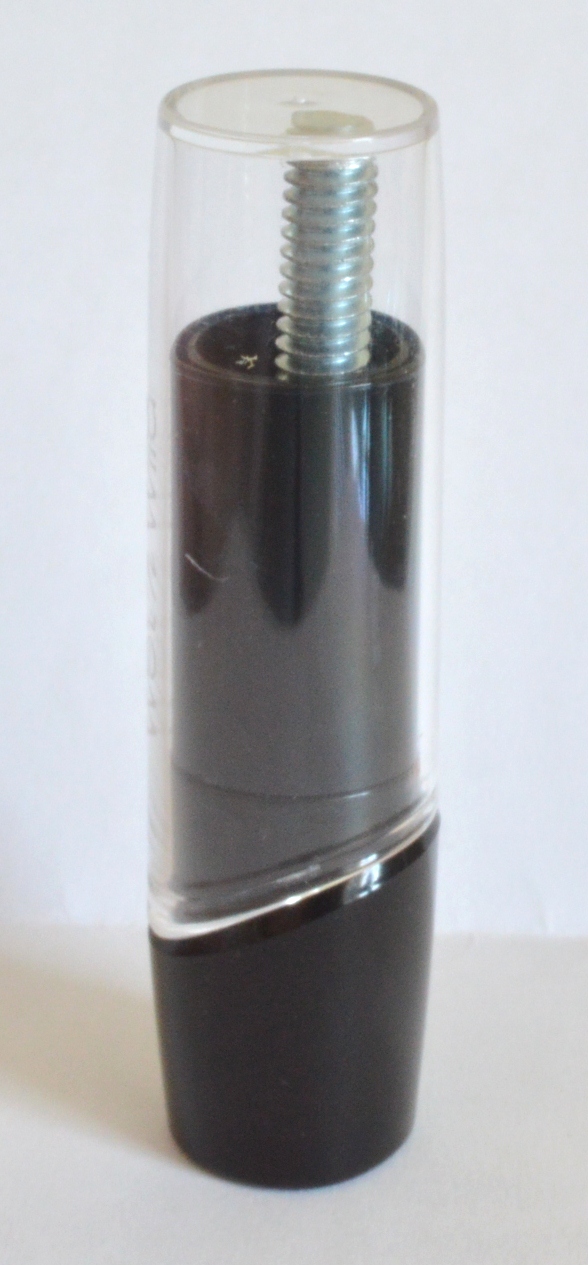Dangerous Liasons
A Way to Stop Time
Bolt & Magnet
A Safe Storage Container
1 >
© Kirk Feral 2009-present, All Rights Reserved. These materials may be duplicated for educational purposes only. No part of this website may be duplicated or distributed for profit, for commercial purposes, or for posting to another website, without the expressed written consent of the copyright holder.
Also keep your magnet away from electronics such as calculators, cell phones, tablets, PC's and digital gem scales. There are varying opinions on whether or not a neodymium magnet would damage delicate circuitry or erase memory, but you probably don't want to experiment with this. We know from experience that the identification chips or strips on credit cards and hotel room key cards can be erased.
Pacemaker wearers are cautioned never to place a neodymium magnet in a shirt pocket or anywhere near the chest, as the magnet could stop the pacemaker.
A 2' X 2' work area free of metal objects is perfectly safe. Work surfaces made of wood or glass are safe, but metal surfaces such as filing cabinets and metal desk tops must be avoided.
It's important to keep other gem ID equipment like loupes, polariscopes, dichroscopes, refractometers and microscopes out of your work area unless you have tested them first to make sure they are not ferromagnetic. It is easy to forget the strength of a neodymium magnet when you are focused on testing, and if you place your magnet too close to a delicate instrument that is ferromagnetic, a sudden impact might damage it or the magnet. Most of the newer instruments are made of non-magnetic alloys that are safe around your work area, but double-check this first with a weaker magnet such as a refrigerator magnet.
Magnets are not attracted to most jewelry metals, so don't be concerned about a magnet sticking to your ring (unless the ring is made with iron). But it's a good idea to remove your wristwatch before you begin working with a strong magnet.
Make a Storage Container
Strong magnets must be stored safely when not in use. A standard 3” long X 1 1/8” wide plastic pill bottle with a child-safe cap makes a safe storage container for a cylindrical magnet on a bolt handle. It's advisable to tape a CAUTION label onto the container. The strong magnetic pull at the exposed bottom pole of the magnet can be buffered by placing a piece of putty or standard 1 1/8" gem jar foam at the bottom of the container as a resting pad for the magnet.
Safety Precautions
Always remember to handle your neodymium magnet with care and keep it out of the reach of small children. Never put your fingers between this magnet and a metal surface, as the pull force is 18 pounds. Sharp metal objects like forceps, scissors, knives and screw drivers can jump toward a neodymium magnet when placed in the vicinity, so it's recommended to keep these objects away from your workspace. If you prefer to grasp gemstones with forceps rather than with fingers, use plastic or anti-magnetic forceps during magnetic testing.
A magnetic wand is a handy tool to carry at gem shows, jewelry stores, pawn shops and even when rock hounding in the field. The wand is portable in its storage container, and can travel safely in a pocket or purse as long as it is kept separate from cell phones and credit cards.
How to Use a Magnet for Gem Identification
Make Your Own Magnetic Wand
Contents of this Section
P.1) Make Your Own Magnetic Wand
P.2) The Floatation Method, the Direct MethodP.3) Factors That Affect Magnetic Responses P.4) Translucent and Opaque Gems That Pick Up
Anyone can easily make a wand for testing gems. Neodymium magnets can be purchased online for just a few dollars at kjmagnetics.com. The standardized size and strength for gem testing is a ½” x ½” (12.7 mm) cylinder, N52 grade (product # D88-N52). As a handle for the magnet, a 2” long hex bolt from the hardware store with a ½” wide head works well. No glue required!
For a more compact storage container, use an empty plastic lipstick tube. A lipstick tube is about the same length as a pill bottle (3 inches) but the diameter is much narrower, making a slim carrying case for a magnetic wand. A slightly narrower hex bolt head (7/16” or 1mm) may be needed to fit into a lipstick cylinder. Stuff a bit of foam rubber into the bottom of the tube to buffer the magnetic field. Note: These containers do not have child-safe caps.
A Lipstick Tube is
a Compact Storage Container
Magnet Size: A half inch (12mm) diameter by half inch deep magnet is an optimal size for testing most gems. This size magnet can be applied to gems in a wide range of sizes, from tiny 2mm gems to large 60mm gems or larger. Smaller N52 grade neodymium magnets show weaker responses when held at the same distance from a gem, and such responses may not correspond to the responses listed on the Magnetic Susceptibility Index for Gemstones. Larger N52 neodymium magnets show equivalent responses, but these over-sized magnets are cumbersome, and working with them can be quite dangerous.
How to Make a Magnetic Wand
Magnetism in Gemstones
An Effective Tool and Method for Gem Identification
© Kirk Feral
